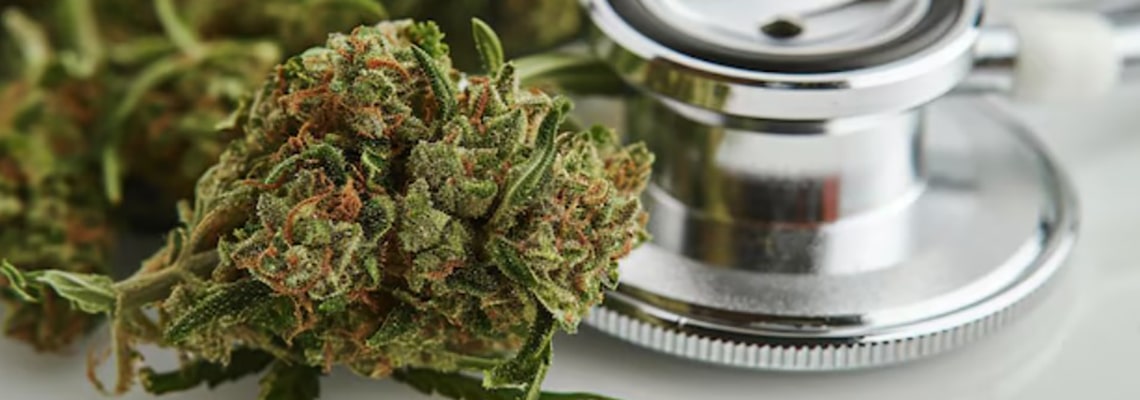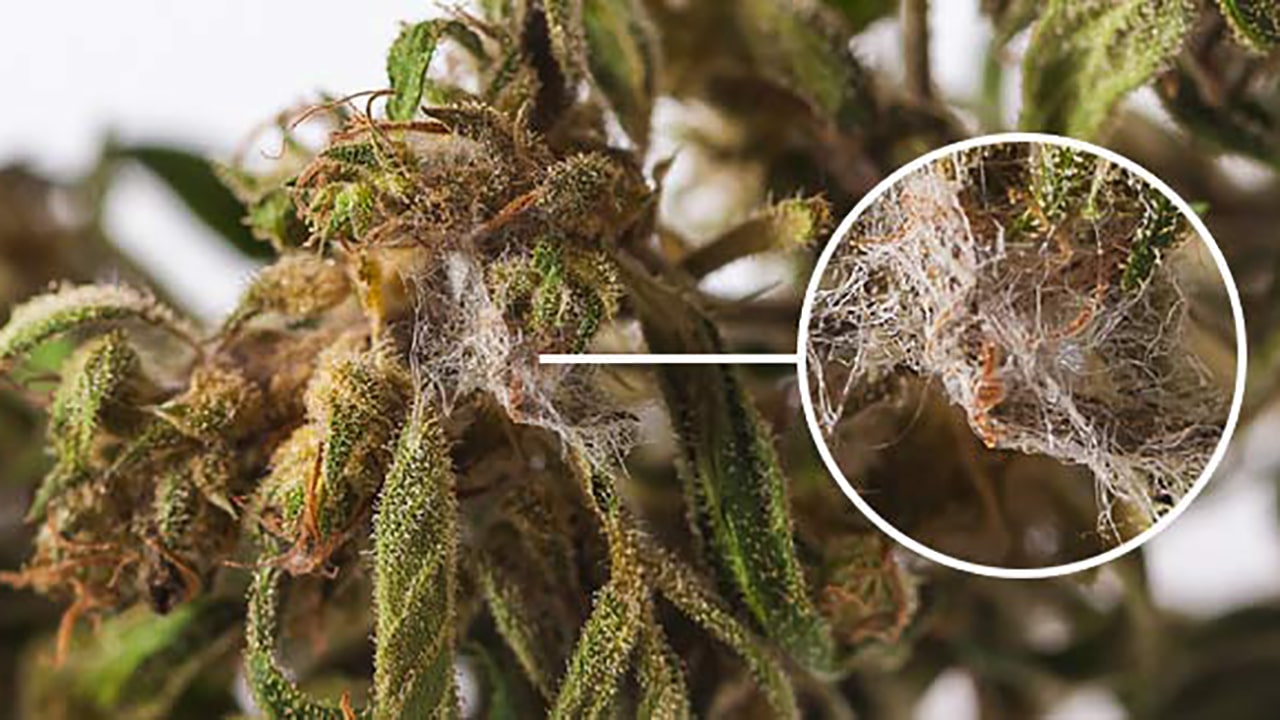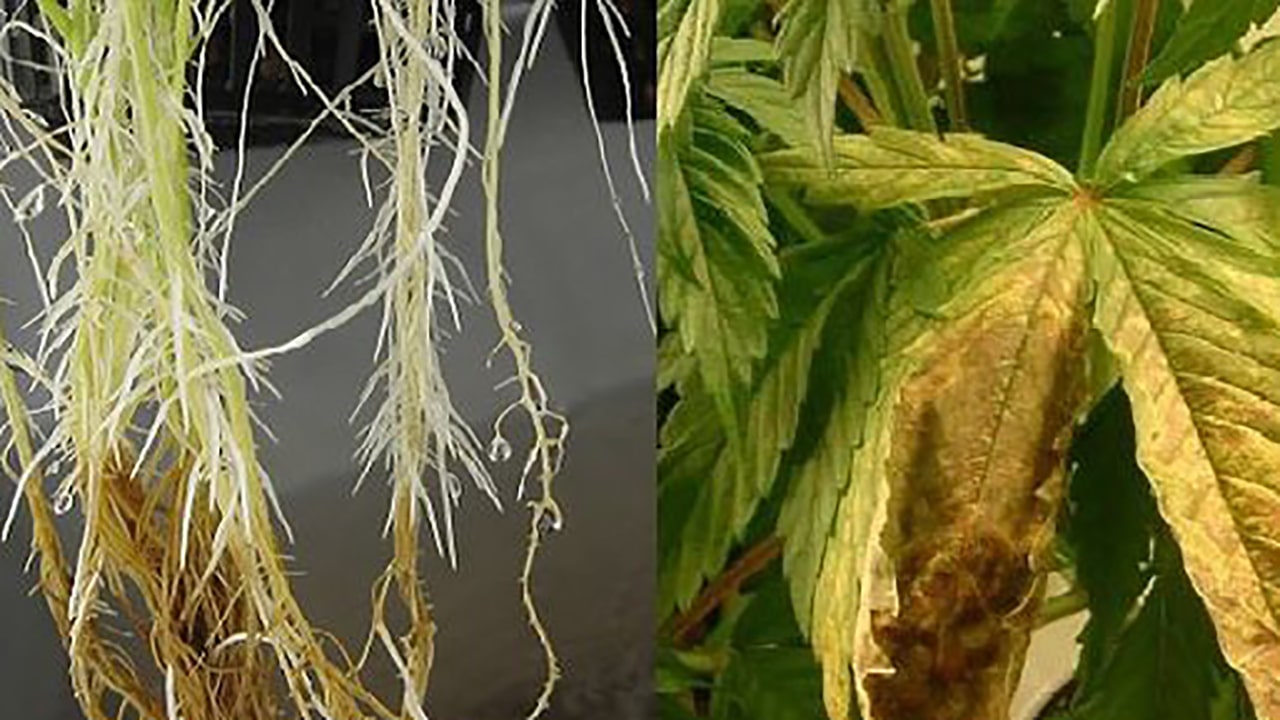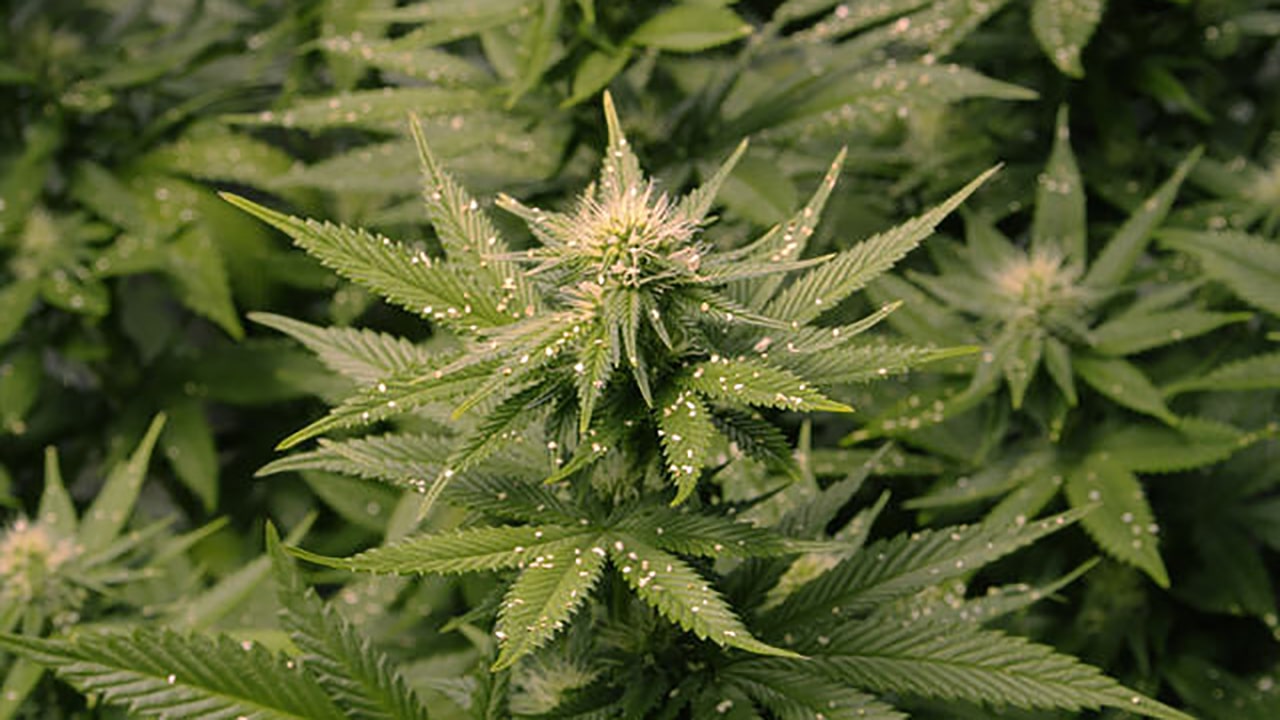There seems to be nothing in your cart.
Didn't find what you were looking for? Contact our consultant.
To save your shopping cart until your next visit, create an account or register .
Browse our Hits sales
There seems to be nothing in your cart.
Didn't find what you were looking for? Contact our consultant.
To save your shopping cart until your next visit, create an account or register .
Browse our Hits sales

Content
Growing cannabis is not only about caring for the plant, but also protecting it from a host of diseases and pests that can significantly affect the quality and quantity of the harvest. Regardless of the type of cannabis, whether sativa, indica or feminized varieties, each species requires special attention and conditions for healthy growth.
Cannabis diseases are often caused by environmental conditions such as high humidity, inadequate ventilation and improper watering. Mildew, bacterial infections and pest infestations can seriously damage even the most resistant varieties, affecting their yield and quality. It is important to remember that certain diseases are more likely to affect certain varieties. For example, the thick and dense inflorescences of indica are more susceptible to fungal infections, while the thin leaves of sativa can be affected by pests such as spider mites.
Mildew and fungal infections are one of the most common and dangerous problems in cannabis grooving, especially under conditions of high humidity and inadequate ventilation. These diseases can affect any part of the plant, from the leaves to the inflorescences. Cannabis varieties with denser buds are particularly susceptible to fungal infections due to poor air circulation within the flowers. The most common types of fungi that can threaten cannabis plants are powdery mildew and gray rot (botrytis).
The powdery mildew manifests itself as a white powdery plaque, which can first be seen on the lower leaves and stems. As the disease progresses, the plaque spreads to cover more and more of the plant. This plaque resembles a fine layer of dust and is easily washed off, but soon reappears, causing considerable stress to the plant.
The main factors contributing to powdery mildew are high humidity (above 60%), temperature fluctuations and poor ventilation. If there are infected plants near cannabis, the risk of infection also increases.
Control methods:
Gray rot, or botrytis, manifests as brown, soft spots on the inflorescences that eventually turn gray and fuzzy. This fungal disease spreads especially quickly in high humidity, making it dangerous to dense indica flowers. If the disease is not stopped, it can destroy buds and lead to a complete loss of the crop.
High humidity, poor air circulation and warm climates are ideal conditions for gray rot to develop. The disease usually begins in the mid to late flowering stage, when dense inflorescences retain moisture and create a favorable environment for the fungus.
Control methods:

Bacterial infections and root rot are serious threats to cannabis, especially when grooving in high humidity and overwatered soil conditions. These problems are often caused by improper watering and lack of drainage, leading to rotting roots and weakening the plant's immune system. All cannabis varieties, including sativa and indica, can be susceptible to these diseases if basic care rules are not followed.
Root rot most commonly affects the roots of the plant, turning them into a soft, brown mass with a characteristic putrid odor. External signs of root rot may include wilting and yellowing of leaves, stunted growth and loss of leaf turgor (elasticity). The plant becomes weak because the damaged roots cannot absorb water and nutrients.
The main causes of root rot include overwatering, lack of good drainage and lack of oxygen in the soil or hydroponic system. In conditions of too much moisture, the bacteria and fungi that cause rot begin to actively multiply and damage the root system.
Control methods:
Bacterial infections can affect various parts of the plant, including roots, stems and leaves. Symptoms vary depending on the type of infection, but often include leaf spotting, wilting, deformity and discoloration of tissue. Young plants and seedlings that have not yet developed full immunity are most vulnerable.
The main causes of bacterial infections are contaminated soil, contaminated planting material and the use of untreated tools. Bacteria can spread rapidly in warm and humid environments, so improper storage and handling conditions can contribute to infection.
Control methods:

Pests are one of the main problems for cannabis grooving and can cause damage to the leaves, roots and even the inflorescence, reducing yields and degrading the quality of the plant. There are different types of pests that can attack cannabis, including aphids, spider mites, whiteflies, and fungus mites. Some pests are particularly active in certain climates and can more quickly affect varieties with thin leaves, such as sativa, as well as weakened plants, such as feminized and indica varieties, if not properly cared for.
Description and symptoms: Spider mites are tiny insects that attack the underside of leaves and feed on their juices. One of the first signs of their presence is the appearance of small white spots on the leaves, and later a thin web covering the plant. If the infestation is severe, the leaves turn yellow, dry and fall off, which weakens the plant.
Spider mites are especially active in dry and warm conditions, which makes them common in greenhouses and indoors. They spread easily, so an infestation can quickly spread to neighboring plants.
Control methods:
Aphids are small insects, usually green or black in color, that form colonies on the stems and underside of leaves. These insects suck the sap out of the plant, which causes the leaves to curl and discolor, weakening the plant. Aphids also secrete a sweet secretion that attracts ants and promotes fungal infections.
Aphids can enter the plants from outside, especially if the cannabis is grown outdoors. Infestation can also occur through infected plants in the vicinity.
Control methods:
Whiteflies are small white flies that live on the underside of leaves and feed on plant juices. Their presence can be detected by flying white insects around the plant when touched. Infested leaves may turn yellow and fall off, and the whitefly produces sweet secretions that promote mold development.
The whitefly breeds actively in warm, humid conditions, especially in greenhouses. It quickly spreads to nearby plants, so it is important to monitor and detect their presence in a timely manner.
Methods of control:
Mushroom gnats are small black midges that lay their eggs in the soil. Their larvae feed on the roots, especially in young plants, which can stunt cannabis growth and cause wilting. The mosquitoes often live in soil that is too wet and indicate overwatering.
Overwatering and stagnant water in the soil create breeding conditions for fungal mosquitoes. If plants are near other infested plants, the risk of infection increases.
Control methods:

Caution! Errors Seeds does not encourage you to grow cannabis and does not contribute to this in any way. Growing is prohibited by Ukrainian law. The article is of purely scientific and informational interest.